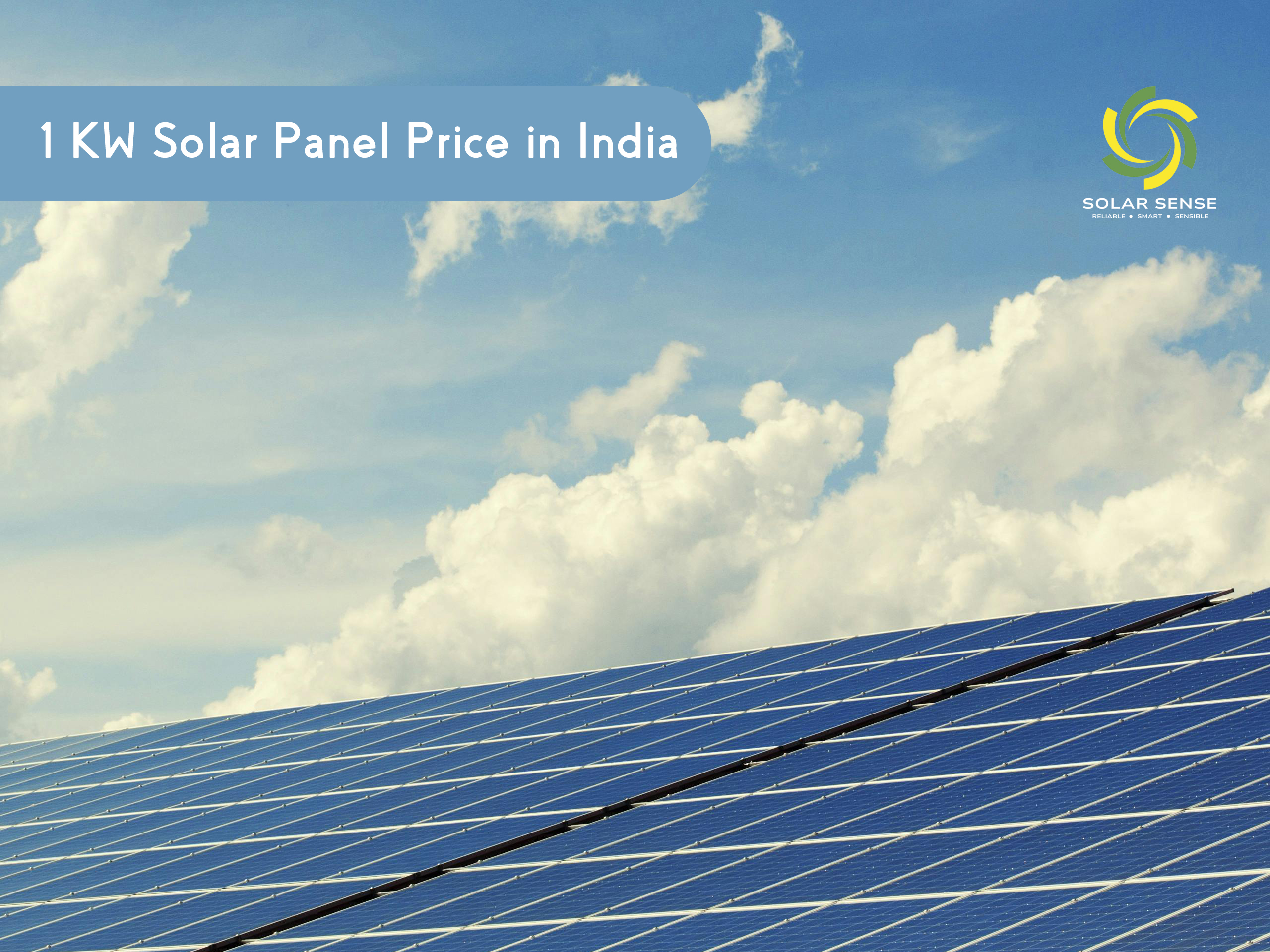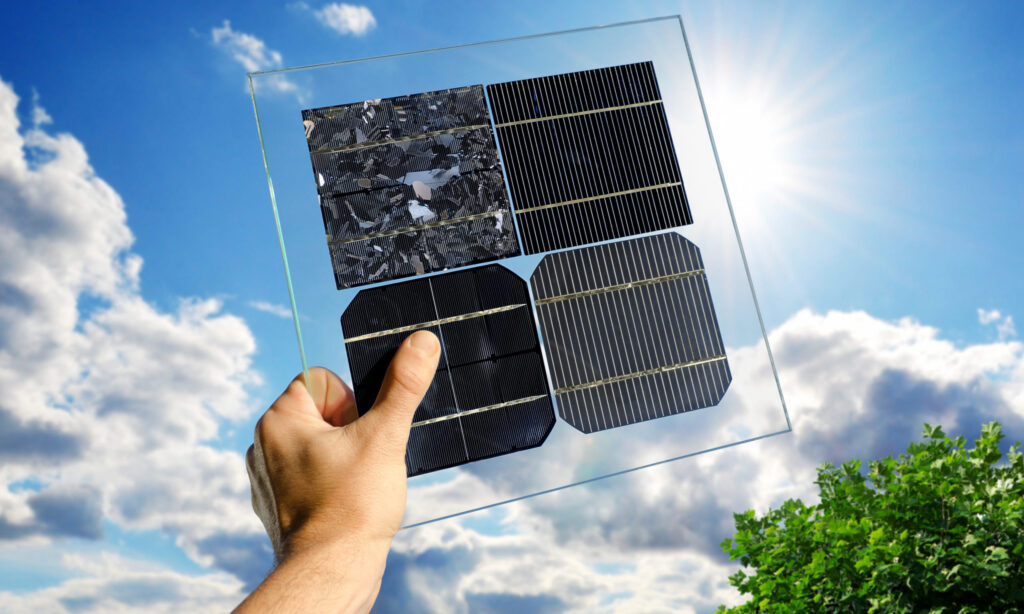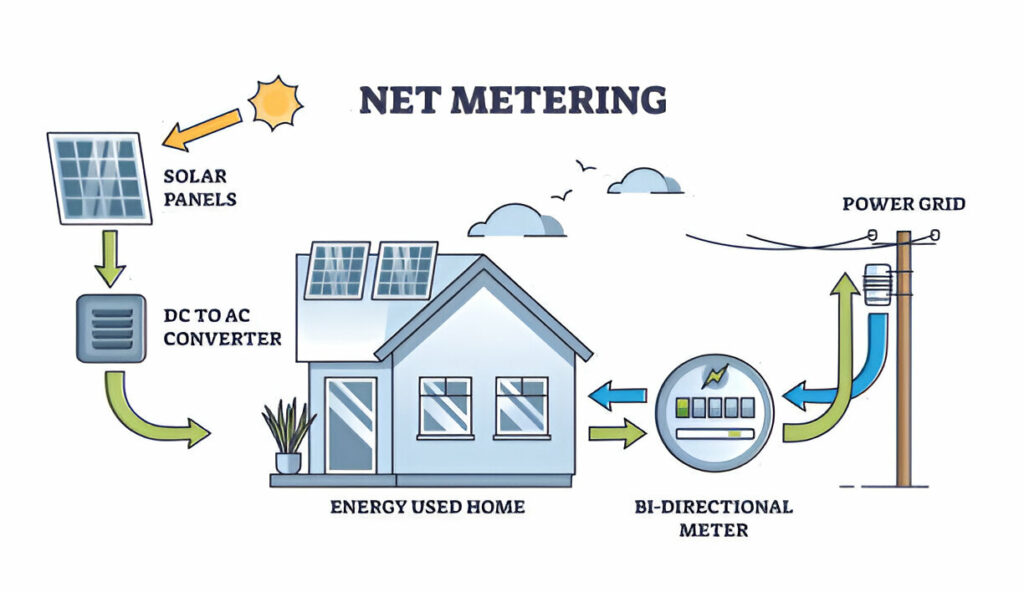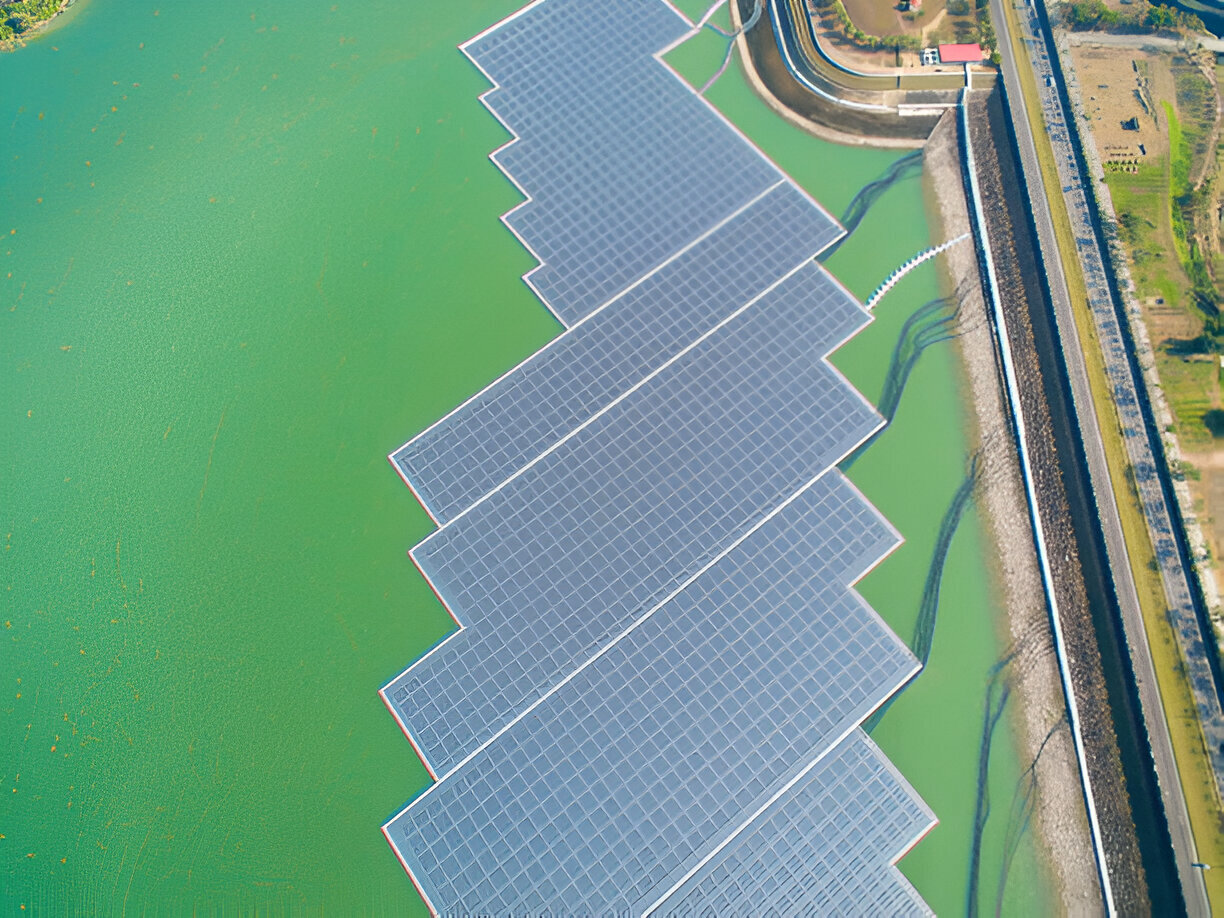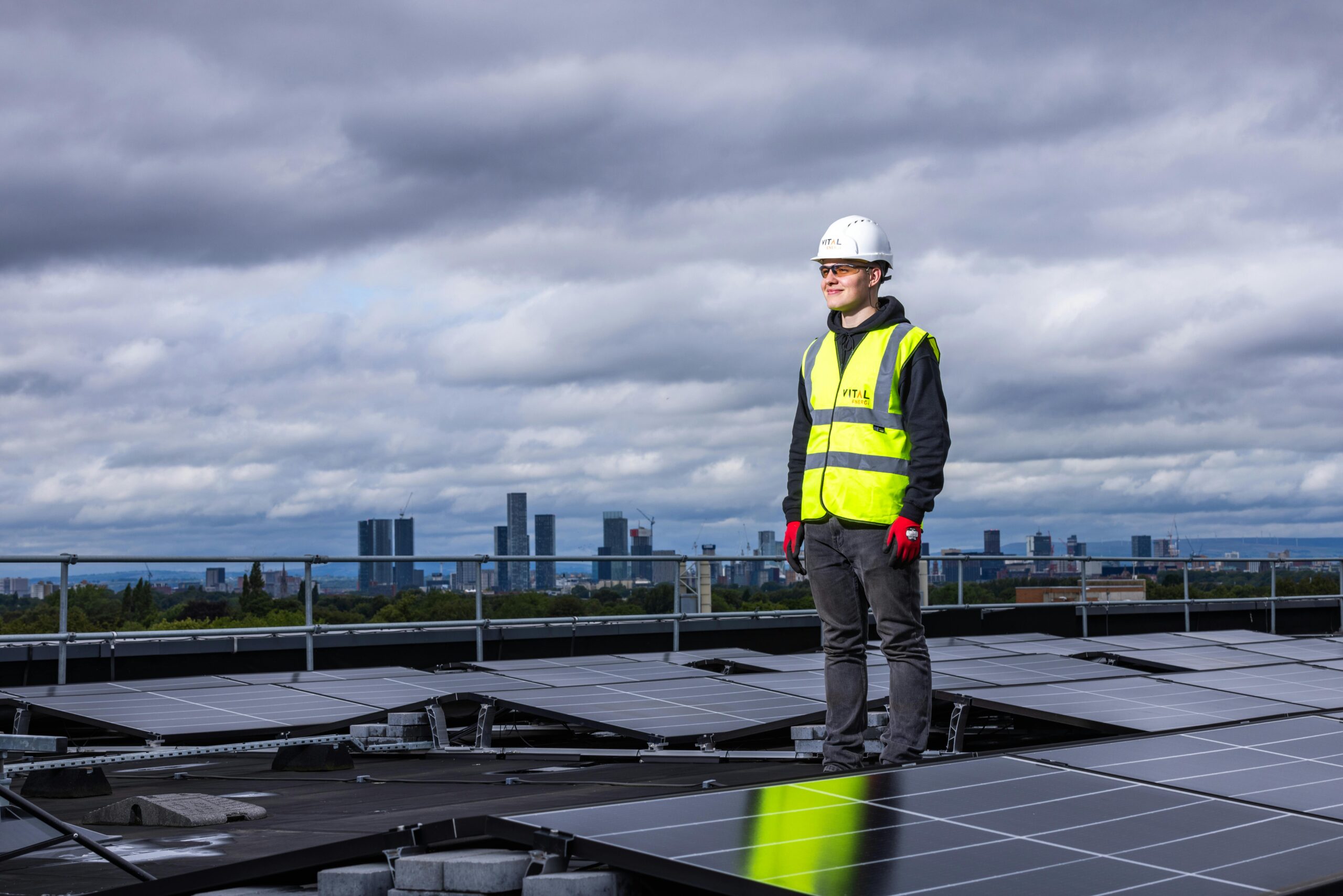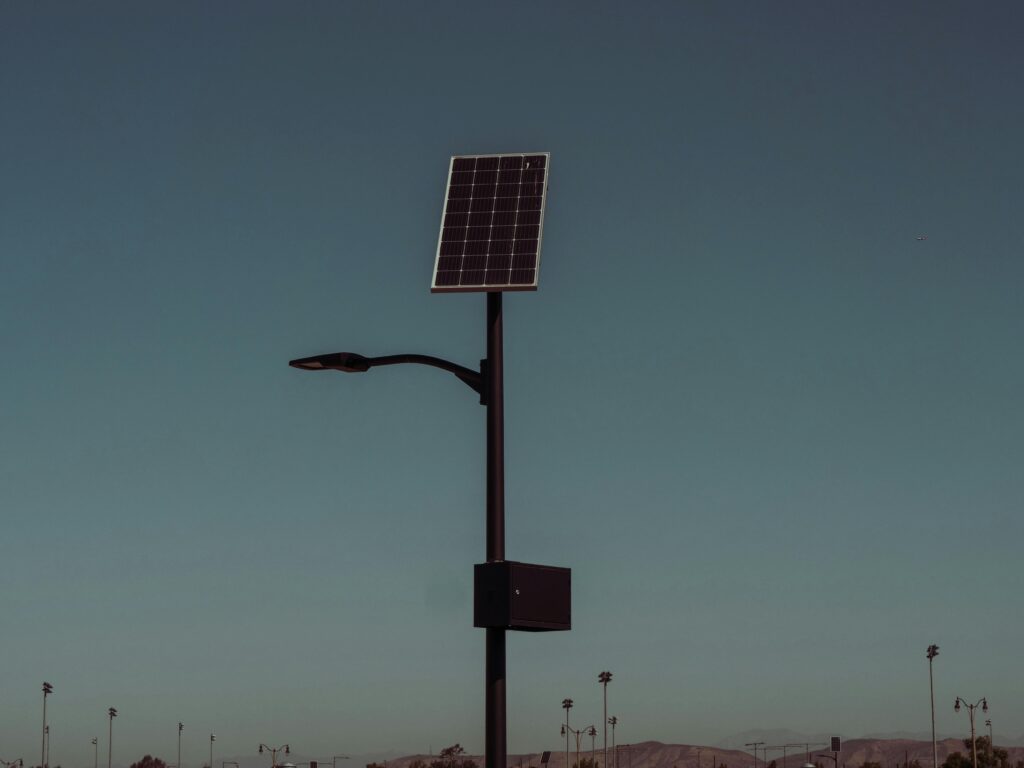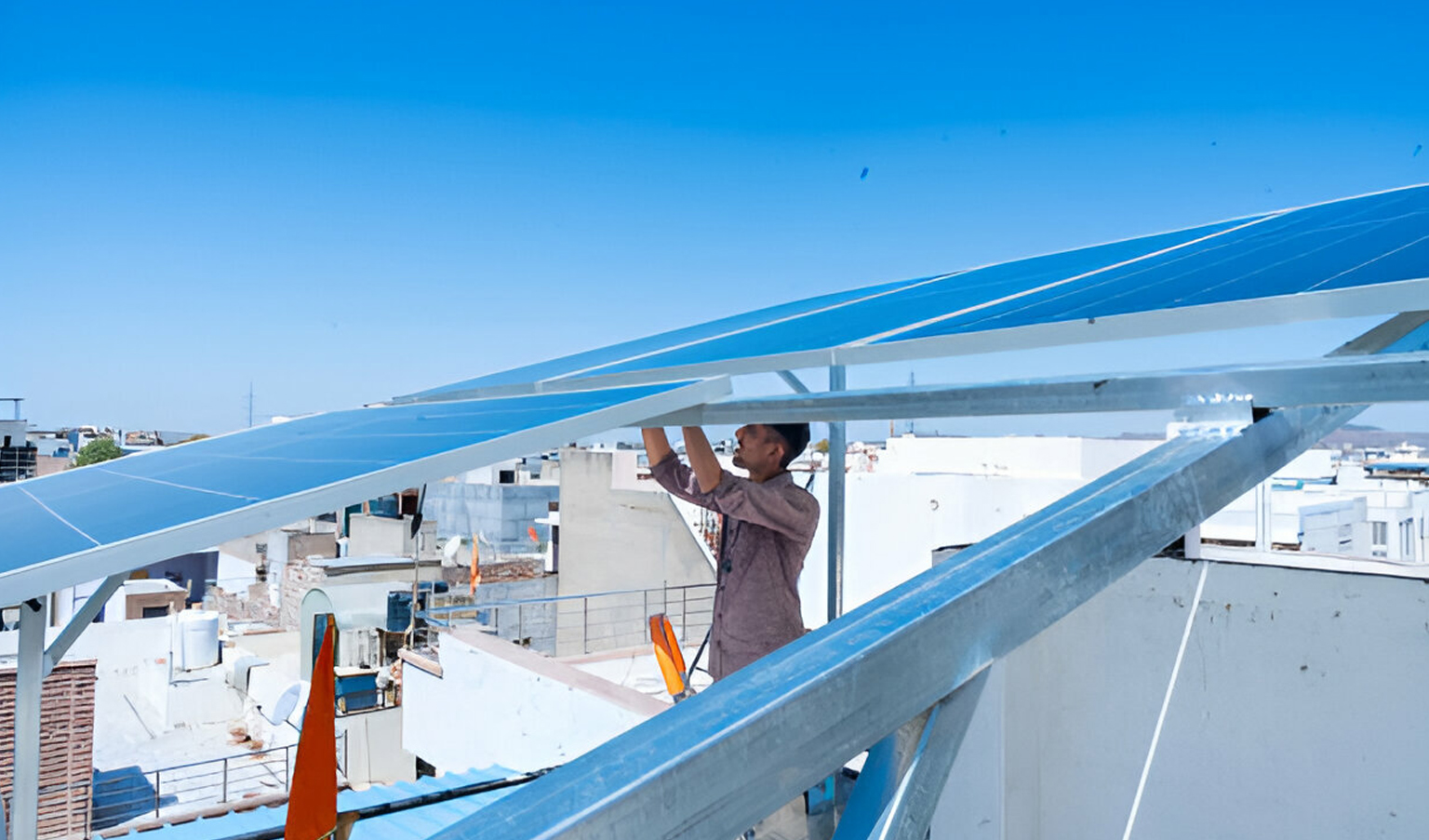A 1 kW solar panel system in India is ideal for small homes and businesses that want to reduce dependence on electricity and save costs. This setup generates about 4-5 units of electricity per day using sunlight as fuel; enough to run three-four BHK homes for eight-ten hours continuously during long power cuts. The modules have over 97% inverter efficiency with over 21% module efficiency (monocrystalline). It can power a two-three BHK home with a fridge, three fans, a TV set and a laptop computer along with four-five lights. An average load of 800W consumed daily throughout the year and leave some extra power for other uses.
Pradhan Mantri Surya Ghar subsidy can save Rs 30,000 on a product, reducing the total cost of purchasing equipment. This investment can lead to higher returns on energy bills by investing in renewable sources like photovoltaic cells, which produce 1 kW of output power per hour. This results in lower consumption levels due to uninterrupted sunlight supply from the national grid.
1 kW solar panel produces how many units
A standard 1 kW solar panel generates 3 to 7 units of electricity per day, which can be 120+ units per month and on an average it can be 1450 to 1500 units per year.
Components of 1 kW Solar Panels
| 1. Solar panels | 2. solar mounting structure |
| 3. solar inverter | 4. solar batteries (optional) |
| 5. The balance of system (cables, fuses, MCBs, and Distribution boxes, Earthing kit) | |

Different Types of kW Home Solar Panel Systems
There are three different types of home solar systems you can choose from across India. Home solar system prices vary for each type.
- On-grid 1 kW solar system (allows grid export)
- Off-grid 1 kW solar system (includes battery backup)
- Hybrid 1 kW solar system (solar battery storage with grid connection)
1 kW On-grid Solar Panel System
For consumers in India, on-grid solar systems are the cheapest option. It consists of a series of solar panels and inverters. A one-kilowatt solar panel costs less and also offers double power reliability for domestic use. Solar panels produce enough energy to meet most of the power demand; the rest can be met from the grid. Such an arrangement can save thousands of rupees on electricity bills every year. In favourable locations and weather conditions, a 1-kilowatt solar panel produces four to five units of electricity per day. All excess units are sent back to the grid for unused solar power, earning credit from the local discom for power consumed elsewhere during nights or cloudy days when generation is insufficient.
1 kW Off-Grid Solar Panel System
If you live in a remote rural area away from the government grid, you can become energy independent by opting for an off-grid system. The cost of your solar battery will also include the cost of a 1 kW solar panel system for your home in India. Apart from the solar panels and inverter. Apart from storing unused units of electricity for later use, the battery bank becomes another source of power supply on your property.
1 kW Hybrid Solar Panel System
With a hybrid framework, you have both functionalities: on-grid and off-grid systems. So, your solar panel system is not only connected to the grid enabling you to export/import electricity but also has a battery backup that stores excess solar electricity to keep your home running at night and during blackouts. This kind of solar setup is good if you want to avoid unexpected cuts in power supply, reduce energy bills and create a reliable backup for electricity.

1 kW Solar Panel Price
The price of 1 kW solar panel in India depends on several factors, including the type of panel, the quality of all other components, and the mounting structure design. Let’s take a look at some prices for 1 kW systems!
| Model | 1 kW Solar Panel Price In India |
| 1 kW On-grid Solar System | 1 kW On-grid Solar System |
| 1 kW Off-grid solar system | ₹. 75,000 to 90,000 Onwards |
| 1 kW Off-grid Solar System | ₹. 1,20,000 |
The prices mentioned above are only estimates and do not include subsidy adjustments or any other factors that may affect the final price of installing a solar system in residential or commercial buildings.
Technical Specification of 1 kw Solar Panel
- Load Capacity: Suitable for driving loads of 800 watts or less
- Energy Production: 3 to 7 Units Per Day | 118 to 125 Units Per Months | 1450 to 1500 Units Per Year
- Appliances range that can be Used: Only basic home appliances such as TV, fan, light, freeze, and AC (only for a few hours) excluding motors.
- Area required for 1 kW solar panel system: 80 sq ft open, shade-free space
1 kW Solar System Subsidy in India
In India, the government provides subsidies for 1 kW solar system under the National Rooftop Solar Program. On the national portal for rooftop solar, you can sign up and apply for subsidies over the internet.
| On-grid Solar System Capacity | Applicable Subsidy |
| Up to 3 kW | Rs. 18,000/ – per kW |
| Above 3 kW, up to 10 kW | Rs. 18,000/ per kW for the first 3kW and Rs. 9,000/ per kW after that for the rest |
| Above 10 kW | Rs. 1,17,000/ – fixed |
(Reminder: Approval of your sole CFA/subsidy application will depend on the approval of your RTS plant and metering system by the inspection authority.)
Installation Cost of 1 kW Solar System in India
Install a 1 kW solar system, ensure you have 80 square feet of shade, hire a professional for the installation, and choose a reputable company for a seamless transition.
Benefits of Installing 1 kw Solar Panel
- Cheaper electricity bills: Solar PV technology can be seen as a 25 to 30 year investment opportunity.
- Less power off the grid: A few solar panels meet a large portion of the annual energy demand, reducing power drawdowns from the grid and lowering energy prices.
- Cheaper maintenance: Keep cleaning your panel from time to time to keep it working optimally.
- Green benefits: Solar energy is clean, releases no emissions into the atmosphere and helps reduce the use of fossil fuels.
A 1 kW solar system generates 3-6 units of electricity per day or 125 units per month or 1450units annually. The installation requires 80 sq. ft. of open space without any shade, which may vary according to the number of panels used and module mounting structure. The warranty offered on panels is for performance over 25 years. While for other equipment it ranges from 5 to 10 years. In India, the National Subsidy Scheme for Rooftop Solar is applicable only in the case of grid-connected residential solar systems using components manufactured in India through a panel vendor attached to them as per the guidelines given on the National Portal for Rooftop Solar where the online application can be initiated.
Frequently Asked Questions
Q1. What are the 1 kW solar panels in India?
The standard 1 kW solar panel price in India starts from ₹70,000/- with a subsidy of ₹18,000/- for up to 3 kW.
Q2. How many solar panels are needed to install a 1 kW solar system?
Typically, a 1 kW solar system consists of three to four 250-330 watt modules. Keep this in mind; the higher the efficiency rating of a given module, the fewer the total number needed for any one-kilowatt capacity installation.
Q3. What is the output of electricity produced by 1 kW solar panel?
On a sunny day, a 1 kW solar system produces an average of 4-5 kWh of electricity. This means that in a month you will get about 120 units or 1440 kWh of electricity annually.
Q4. How much space is needed for a 1 kilowatt solar panel system?
In fact, a 1 kW rooftop solar system will require about 12 square meters (130 square feet) of flat and sunny areas to generate maximum power economically.
Get in touch with Azadpur
Ready to make the switch to Solar Panels? Contact us for a consultation to find out how we can help you in selecting the best solar panels for homes in india and utilize the power of the sun.
- Phone: +91-8130025257
- Email: info@solarsense.in
- Solar Sense
- 13 Main GT Road, Azadpur, Delhi-110033
Stay connected with us for the latest updates and offers on our solar solutions.

